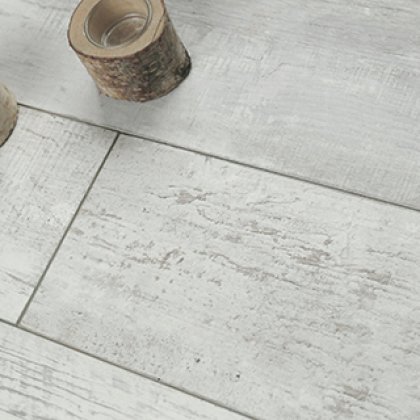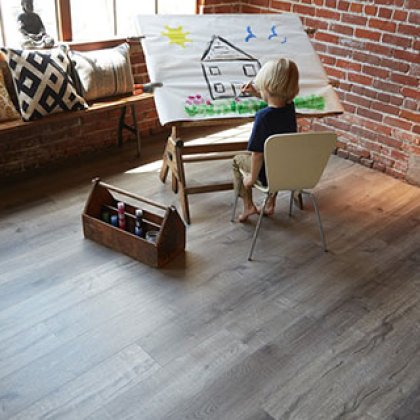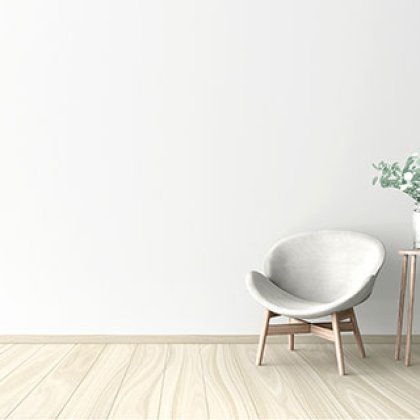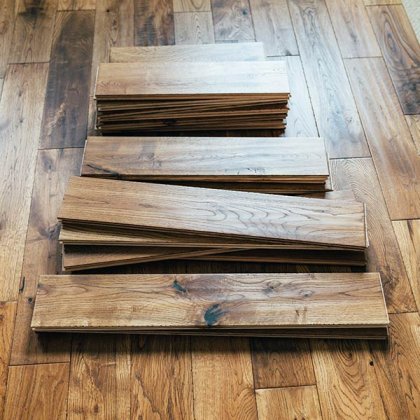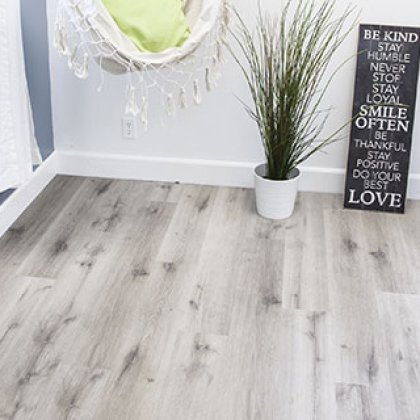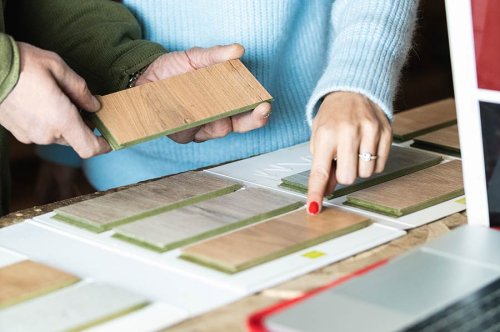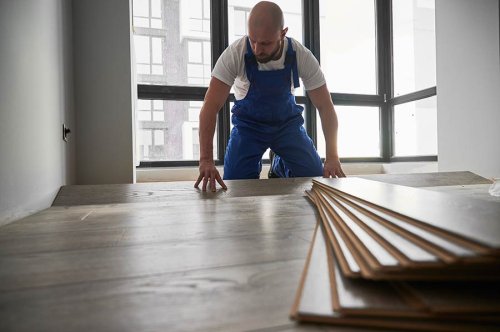Laminate Flooring and the Environment: What You Need to Know
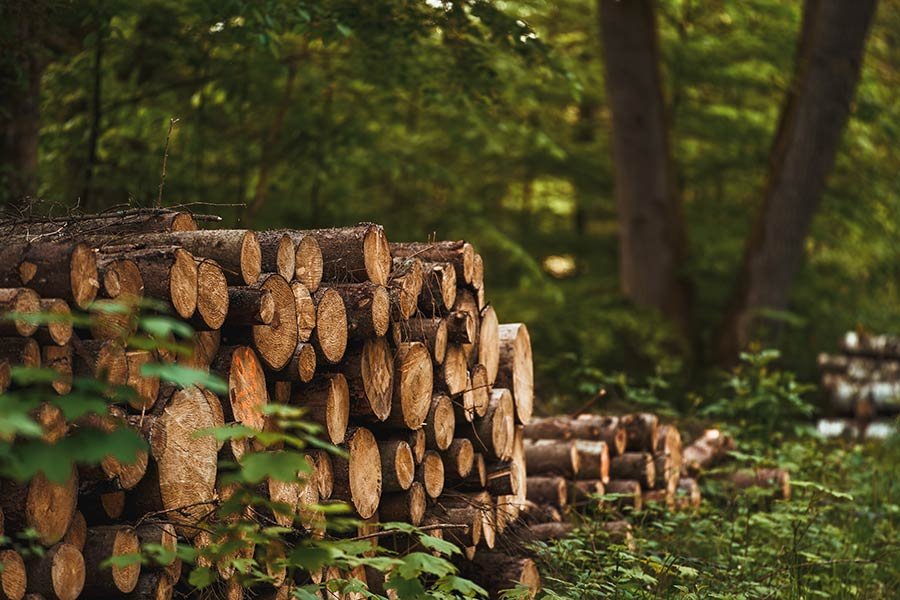
Choosing flooring isn't just about the look or feel; it's also about its impact on our planet. Laminate flooring, popular for its durability and aesthetic appeal, sits at the crossroads of environmental debates. While it offers an eco-friendlier alternative to traditional hardwood, concerns linger over its production and disposal processes. This post dives into the heart of laminate flooring's environmental footprint, shedding light on how it stacks up against other flooring options in terms of sustainability. Let's explore the balance between enjoying beautiful floors and protecting our Earth.
Key Takeaways
- Laminate flooring has both positive and negative environmental impacts, making it essential to weigh your options carefully.
- It's crucial to consider emissions and air quality when choosing laminate, as some products release harmful VOCs.
- The durability of laminate flooring can be a double-edged sword; while it lasts long, it's not easily recyclable.
- Maintenance and repair of laminate flooring can be challenging, impacting its overall eco-friendliness.
- Exploring eco-friendly alternatives to laminate flooring can provide similar benefits with fewer environmental drawbacks.
- Making informed choices about flooring materials can significantly reduce your home's environmental footprint.
Overview of Laminate Flooring
Laminate Basics
Laminate flooring is a synthetic product. It combines several layers. These layers make it strong.
People love it for its price. It's cheaper than many floors. You can find many looks and colors.
Easy Installation
One big win is how you put it down. It snaps together. This means you don't need glue or nails.
Most folks can lay it down fast. This saves time and money. It's easier than tile or hardwood.
Design Variety
Laminate offers lots of choices. You can get a wood look or stone look. The designs are very good.
This lets people pick what they like best. They can match any room style. It makes homes look great.
Environmental Concerns
Non-Renewable Resources
Laminate flooring relies on non-renewable resources. These materials, like petroleum-based products, are limited. They take millions of years to form.
Using these resources can harm the environment. We use a lot of energy to get and make these products. This increases pollution.
Manufacturing Waste
Making laminate flooring creates waste. Small pieces often don't fit and get thrown away. This adds to our growing waste problem.
Factories also release harmful substances into the air. These can hurt plants, animals, and people's health. Reducing waste is hard but necessary.
Recycling Challenges
Recycling laminate flooring is tough. It's made from several layers stuck together. Separating these layers is not easy.
Most places do not have the facilities to recycle laminate floors properly. This means old floors often end up in landfills. Here, they can take hundreds of years to break down.
Using renewable materials and improving recycling methods can help. We need to think about the planet when choosing flooring.
Emissions and Air Quality
VOC Release
Laminate flooring releases volatile organic compounds (VOCs). These chemicals escape into the air inside homes. They come from the glue and resins in laminate.
People smell these chemicals as a new carpet or paint smell. Over time, the amount of VOCs decreases. But, they can affect the air we breathe indoors.
Formaldehyde Concerns
Formaldehyde is a special type of VOC. It is in some laminate floors. This chemical can make people feel sick. It can cause sore throats, coughs, and even nosebleeds.
e countries have rules about how much formaldehyde can be in flooring. Manufacturers must follow these rules to keep us safe.
Indoor Air Impact
The air quality inside homes gets worse with VOCs and formaldehyde. These chemicals can stay in the air for a long time. They mix with other things in our homes like dust and smoke.
Over months or years, this mix can make indoor air unhealthy. It's important to have good ventilation in rooms with laminate flooring.
Durability and Lifespan
Scratch Resistance
Laminate flooring stands up well against scratches. This makes it a good choice for busy homes. It can handle the hustle and bustle of everyday life without showing much wear.
Kids and pets run around a lot. They often bring dirt and small stones inside. Laminate floors can take this daily activity. They keep looking good for years.
Lifespan Range
On average, laminate flooring lasts between 10 to 25 years. This range depends on how well it's made and how people use it.
In rooms with lots of foot traffic, like living rooms or hallways, laminate floors may show age sooner. But with proper care, they can serve well beyond a decade.
Quality Variations
Not all laminate flooring is the same. High-quality options last longer and look better. They resist damage from water spills and scratches better than cheaper types.
It's important to choose the right laminate for your home. Think about how much use each room gets. This helps you pick flooring that stays strong and looks fresh over time.
Maintenance and Repair Challenges
Water Resistance
Laminate flooring struggles with water resistance. When water sits on it for too long, the material can swell or warp. This is a big problem in areas like kitchens or bathrooms.
People need to clean up spills fast. They also should not use a lot of water when mopping.
Repair Difficulties
Fixing damaged laminate can be tough. Each piece connects to others around it. So, you often have to remove many pieces to get to the one that's damaged.
etimes, finding a matching piece is hard. This makes repairs noticeable and less appealing.
Cleaning Products
Special cleaning products are necessary for laminate floors. Harsh chemicals can damage the surface.
Owners must pick the right cleaners to keep their floors looking good. This means extra care and sometimes extra cost.
Eco-Friendly Alternatives
Bamboo Flooring
Bamboo is a fast-growing grass. It makes a strong floor. Bamboo floors are good for the earth. They grow back quickly after cutting.
Bamboo is tough. It lasts a long time. People like its look too. It can make a home feel warm.
Cork Flooring
Cork comes from the bark of cork oak trees. These trees do not die when their bark is taken. This makes cork a renewable resource.
Cork floors feel soft underfoot. They also help keep noise down. This makes them popular in busy homes.
Reclaimed Wood
Reclaimed wood has had a life before being a floor. It might have been part of an old building or barn. Using reclaimed wood saves trees and adds character to spaces.
Every piece of reclaimed wood tells a story. It's not just good for Earth; it looks unique too.
Natural Linoleum
Natural linoleum is made from linseed oil, pine resin, and other natural materials. It's biodegradable and non-toxic.
Unlike vinyl flooring, natural linoleum does not harm the environment when it's made or thrown away. It's durable and comes in many colors.
Final Remarks
Laminate flooring, while popular for its durability and aesthetic appeal, raises significant environmental concerns. This post has walked you through the impacts on air quality, the challenges of maintenance, and the lifespan of laminate flooring. We've also explored eco-friendly alternatives that can help reduce your carbon footprint. It's clear that making informed choices about flooring can significantly affect both your health and the planet's well-being.
As you consider updating or choosing flooring, think green. Opting for sustainable options not only benefits the environment but also enhances the quality of your indoor space. Let's make conscious choices towards a healthier, more sustainable world. Start by rethinking your flooring – it's a step in the right direction.
Frequently Asked Questions
What is the environmental impact of laminate flooring?
Laminate flooring can have significant environmental impacts, including the use of non-renewable resources in production and potential emissions affecting air quality.
How do emissions from laminate flooring affect indoor air quality?
Emissions from laminate flooring, such as formaldehyde, can compromise indoor air quality, posing health risks to occupants.
Is laminate flooring durable?
Yes, laminate flooring is designed for durability and can last up to 25 years with proper care, reducing the need for frequent replacements.
What challenges exist with maintaining and repairing laminate flooring?
Laminate flooring can be challenging to repair due to its layered composition. Maintenance requires careful handling to avoid water damage and scratching.
Are there eco-friendly alternatives to laminate flooring?
Yes, eco-friendly alternatives include bamboo, cork, and reclaimed hardwood. These options are sustainable and have a lower environmental impact than traditional laminate flooring.






